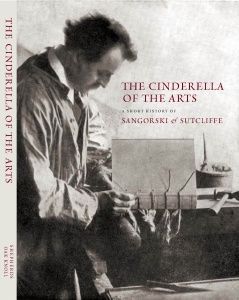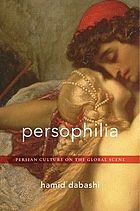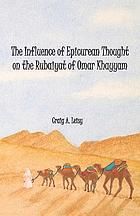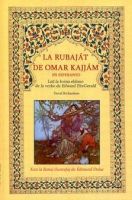The Cinderella of the Arts. Rob Shepherd. London and New Castle, DE: Shepherds and Oak Knoll Press, 2015. 200 pp. ISBN: 9781584563402.
Sumary:
Shepherds bookbinders, in co-operation with Oak Knoll Press, recently published The Cinderella of the Arts. A short history of Sangorski & Sutcliffe, a London bookbinding firm established in 1901. It is a successor to Bob Shepherds book Lost on the Titanic (2001), and this new edition draws a wider perspective of the firm’s history, including the dramatic story of the second ‘Great Omar’. The history also highlights the Sutcliffe years and the years that Stanley Bray was in command. It is illustrated with colourfull images of some of the finest bindings, and with photographs of the people of the firm.




